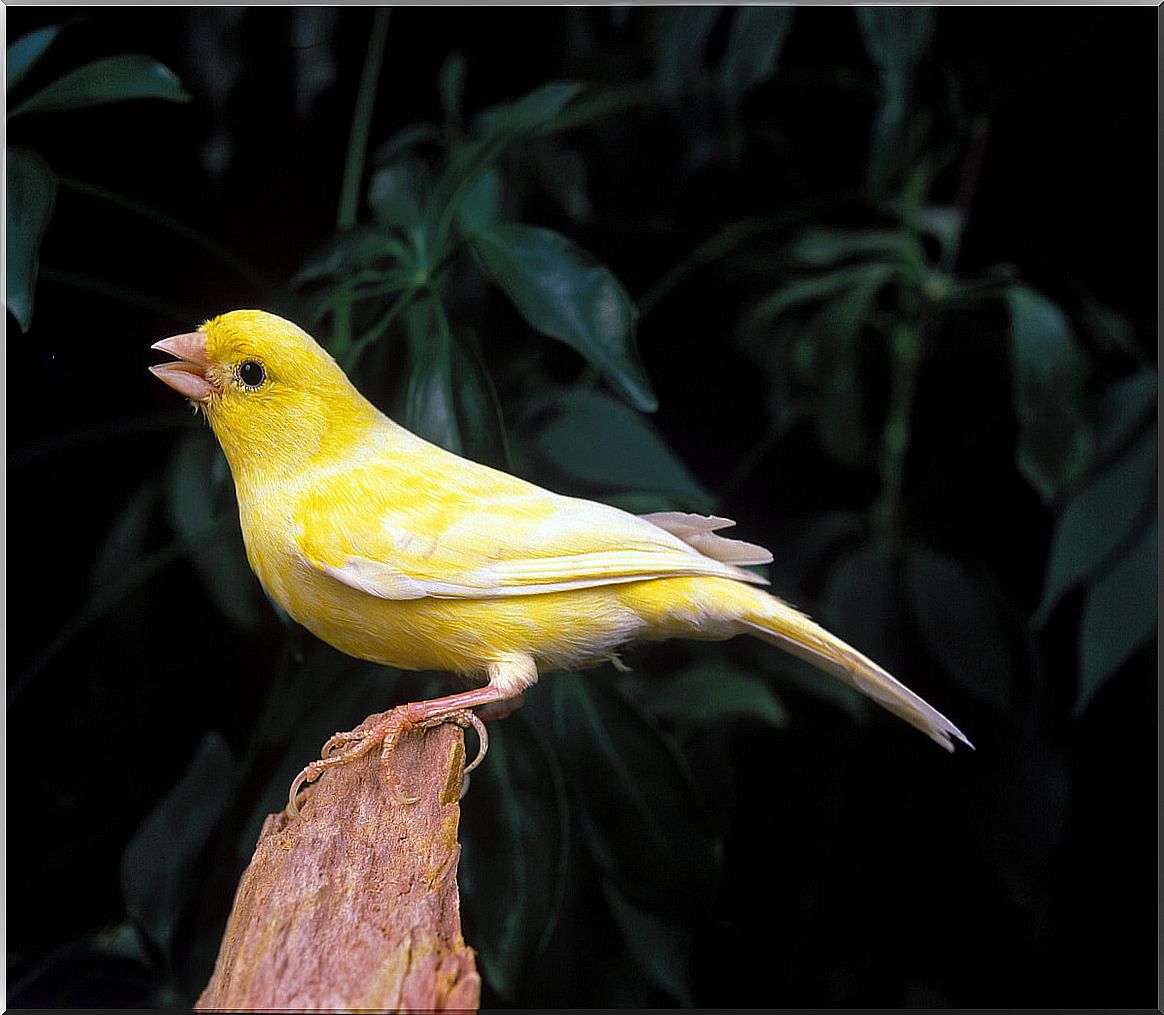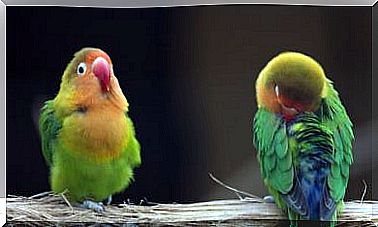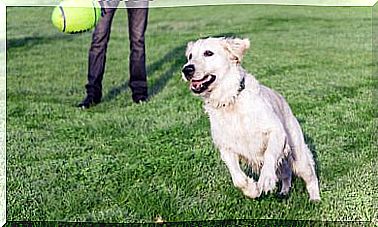Cold In Canaries: A Very Common Condition

The canary ( Serinus canaria domestica ) is a subspecies of the common canary developed over centuries of captive selection. Along with the parakeet, it is the favorite pet bird globally but, unfortunately, few guardians know about the common cold in canaries.
As birds are warm-blooded animals, their thermal needs are sometimes neglected, since it is thought that they alone can regulate themselves against any environmental inclement. Nothing is further from reality. If you want to know everything about the cold in canaries, keep reading.
Cold symptoms in canaries
The cold in canaries, as in other vertebrates, is an infection of the upper respiratory tract by moderately mild pathogenic microorganisms. Without going any further, the Influenza A virus causes infection in both mammals and birds, so it is a shared etiological agent.
These microorganisms are opportunistic, as they tend to settle in the respiratory tract of the animal when it has a weakened immune system. When does this happen? As surprising as it may seem, sudden temperature changes and drafts can lower the bird’s immune capacity much more than you think.
Some of the most common clinical signs in canaries with colds are the following:
- Moist discharge from the nostrils.
- Slight dyspnea — choking when breathing — and tired breathing.
- General dejection and sadness in the animal, accompanied by reduced activity.
- Song loss in the case of males.
- Ruffled plumage.
Most of these signs are typical of a cold or cold, but they can also appear in more serious conditions, such as asthma, psittacosis, Q fever, allergic alveolitis and many other associated pathologies. If your pet’s clinical picture does not improve in a few days, see a veterinarian promptly.

Causes
Unfortunately, many first-time guardians underestimate the importance of the physical location of the cage. The reality is that it is as important that the installation is adequate and spacious, as that it is in the right place in the house. Many of the cases of colds in canaries could be prevented taking this parameter into account.
It is necessary to avoid placing the cage outside the home during the winter but, above all, to be very careful that no current is produced in the installation of the bird. It is theorized that air currents deteriorate the mucous membranes of the respiratory tract in vertebrates, thus facilitating the entry of possible viruses.
Thus, placing the cage next to a window or in a hallway is a recipe for disaster. Make sure there are no currents that could affect the bird and do not open the windows in the early hours of the day during winter. All these events can cause thermal imbalances in the animal.
Diagnosis and treatment
Given the previously described clinical picture, the most advisable thing to do is go to the vet. Certain birds are asthmatic, so they require a specific diagnosis and certain medications for life. In addition, it is possible that your pet has a more severe pathology than a simple cold.
Once diagnosed, the animal is usually prescribed the antibiotic streptomycin, in case the infection is of bacterial origin. On the other hand, vitamin B6 supplements dissolved in drinking water are usually effective in avoiding this pathology, whether of viral or bacterial origin.
It is also usually helpful to introduce an accessory feeder in the cage with special egg paste for canaries. This provides the animals with the necessary fat to achieve thermoregulation during the winter.

A preventable disease
Unfortunately, colds and colds are very common events in canaries. Many guardians underestimate the importance of cage location, believing that keeping food in place and fresh water is enough. The reality is that drafts and changes in temperature can be dangerous for these birds.
If you keep your bird safe in the house and without sudden changes in temperature, you will prevent it from showing this clinical picture, even in the coldest months of the year.








